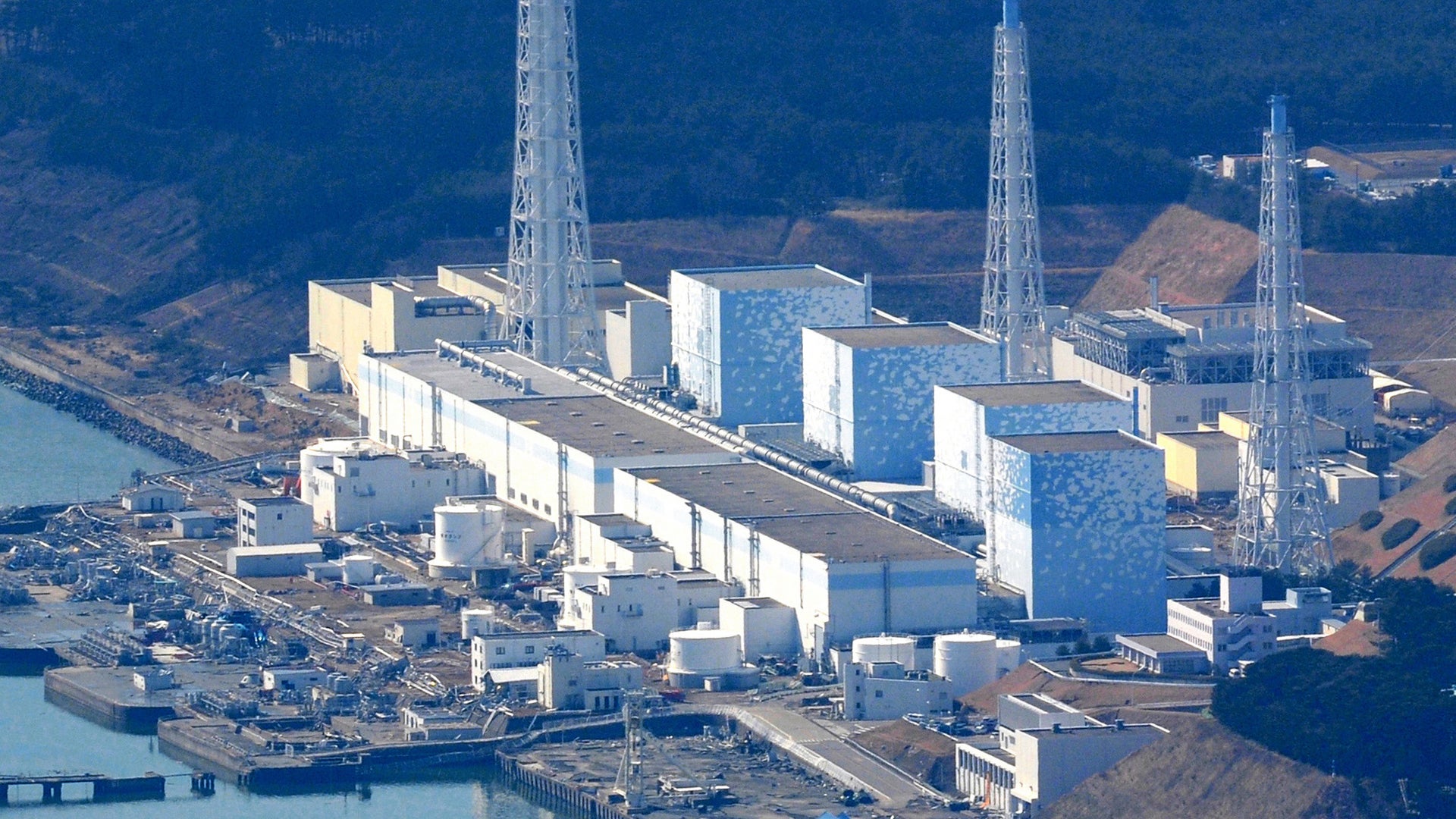
The Fukushima Daiichi nuclear disaster of 2011 stands as a stark reminder of the perils associated with nuclear power generation. Located on Japan’s Pacific coast, the Fukushima Daiichi plant, operated by the Tokyo Electric and Power Company (TEPCO), became the site of the second-worst nuclear accident in history, following the infamous Chernobyl disaster in 1986. Let’s delve into the intricate details of the events surrounding the Fukushima accident, exploring its immediate aftermath, the long-term consequences, and the ongoing efforts to reclaim the affected region.
The Prelude to Tragedy:
In the tranquil region of northern Japan, in the Fukushima prefecture, the Fukushima Daiichi plant stood as a technological marvel. Constructed between 1971 and 1979, the facility boasted six boiling-water reactors. However, at the time of the accident, only reactors 1–3 were operational, while reactor 4 served as a temporary repository for spent fuel rods.
The Unfolding Nightmare:
The catalyst for the disaster struck on March 11, 2011, when a powerful earthquake rocked Japan. Tsunami waves, generated by the seismic upheaval, wreaked havoc on the Fukushima Daiichi plant, damaging crucial backup generators. Despite successfully shutting down the three operational reactors, the ensuing power loss led to the failure of cooling systems. The consequence was a perilous rise in residual heat, causing partial meltdowns in reactors 1, 2, and 3 and sporadic releases of radiation.
A Series of Catastrophic Events:
As the days unfolded, the severity of the situation escalated. Melted material from the overheated reactors bored sizable holes in the containment vessels of reactors 1 and 2, exposing the nuclear material within. Explosions, fueled by pressurized hydrogen gas, rocked the outer containment buildings of reactors 1 and 3 on March 12 and March 14, respectively. A desperate attempt to stabilize the cores ensued, involving the pumping of seawater and boric acid. Fears of radiation exposure prompted government officials to establish a 30-km no-fly zone, evacuating a vast land area within a 20-km radius around the plant.
Escalation and Evacuation:
The crisis deepened with a third explosion on March 15, initially believed to have damaged the containment vessel in reactor 2. Subsequent revelations exposed a more alarming truth—an additional hole in the vessel created by a previous explosion. Government officials widened the designated zone to a 30-km radius, urging residents to remain indoors. A fire, ignited by rising temperatures in spent fuel rods stored in reactor 4, further exacerbated radiation releases.
The Exodus and Cooling Efforts:
Amid rising threats, around 47,000 residents evacuated their homes, and those near the 20-km evacuation zone prepared to leave. Workers at the plant undertook multiple efforts to cool the reactors, utilizing truck-mounted water cannons and helicopter-dropped water. While these attempts achieved temporary success in slowing radiation releases, they were repeatedly suspended due to signals of heightened radiation exposure risks.
Warnings and Contamination:
As workers persisted in cooling efforts, heightened levels of radiation in local food and water supplies triggered warnings from Japanese and international officials. By the end of March, the evacuation zone expanded to 30 km around the plant. Ocean water near the facility was found to be contaminated with iodine-131 due to leaks in trenches and tunnels connecting the plant to the ocean. The sealing of these cracks and the subsequent pumping of irradiated water to an on-site storage building marked a critical phase in containment efforts.
Escalation to Chernobyl Levels:
On April 12, nuclear regulators raised the severity level of the nuclear emergency from 5 to 7, aligning it with the Chernobyl disaster’s magnitude. It wasn’t until December 2011 that Japanese Prime Minister Noda Yoshihiko declared the facility stable after the cold shutdown of the reactors.
Fallout and Evacuation Realities:
Understanding the fallout pattern, authorities designated an additional evacuation corridor, covering approximately 207 square km, months after the disaster. Despite this, radiation levels remained persistently high, leading officials to suggest decades of uninhabitability for the affected area. However, some towns just beyond the original 20-km evacuation warning zone witnessed declining radiation levels, allowing residents to return. While certain areas within the evacuation zones remained off-limits due to heightened radiation, officials cautiously permitted limited activities in other previously evacuated areas with moderately high radiation levels.
Gradual Recovery Efforts:
In July 2013, evacuation orders were lifted in areas characterized by lower radiation levels within and beyond the 20-km zone. By March 2017, all evacuation orders outside the difficult-to-return zone, covering approximately 371 square km, were lifted. A 2016 study on the effects of the accident on fish and marine products indicated a dramatic reduction in contamination levels over time, though the radioactivity of some species, particularly sedentary rockfish, remained elevated within the exclusion zone.
Subsequent Nuclear Incident:
In August 2013, a smaller yet consequential nuclear incident occurred when around 300 tonnes of irradiated water were discharged into the landscape surrounding the Fukushima Daiichi facility. Attributed to an open valve in the short barrier wall surrounding tanks used for radioactive water storage, the leak prompted Japan’s Nuclear Regulation Authority to classify it as a level-3 nuclear incident.
Conclusion:
The Fukushima Daiichi nuclear disaster, etched in history as a cautionary tale, serves as a testament to the potential risks and consequences associated with nuclear power. While recovery efforts have made strides, the enduring impact on the affected region underscores the imperative for continuous vigilance, research, and international collaboration to ensure the safety and sustainability of nuclear energy in the future.
References
US DOE/NNSA response to 2011 Fukushima Incident- data and documentation. Energy.gov. (n.d.). https://www.energy.gov/articles/us-doennsa-response-2011-fukushima-incident-data-and-documentation





